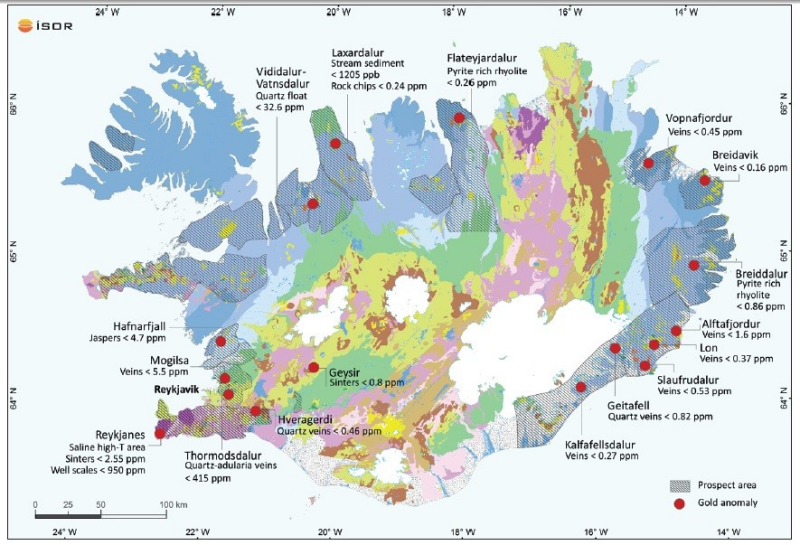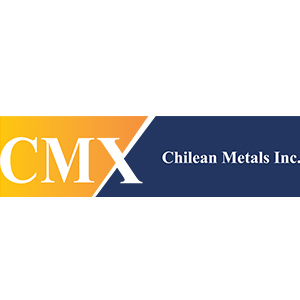
Archive for the ‘All Recent Posts’ Category
AGORACOM Small Cap 60: Sheldon Inwentash Says We Are In A “Secular Transformation” In #Tech #AI #MachineLearning #Fintech #Esports $GMBL

Fabled Silver Gold $FCO.ca $FBSGF Reports on Drill Holes SM20-07 – 11 $RDU.ca $KTN.ca $GMBXF $EDR.ca

Fabled Silver Gold Corp. (“Fabled” or the “Company”) (TSXV:FCO)(OTCQB:FBSGF)(FSE:7NQ) is pleased to announce updates of diamond drill holes SM20-07 – 11 from the on-going 8,000 meter drill program on the “Santa Maria” Property in Parral, Mexico.
Peter J. Hawley, CEO and President, remarks, “We are heading into areas never explored before, with new ideas to test our structure-on-structure theory over the Property. Hole SM20-07 intercepted two broad zones of northwest trending, never seen before, semi-massive marcasite, (pyrite) in hornfels, and to the east 225 meters, we tried to cross the major C1 regional north – south fault in the center of the Property.”
Hole SM20-07 was drilled at -50 degrees and 246.0 meters in length from same drill station as hole SM20-03 at an angle of 210 degree azimuth and designed to test the tail end of two northwest trending IP anomalies labeled IPSM-08. Northwest trending anomalies or structures have not been seen previously on the Property.
Drill results clearly demonstrate the cause of the two conductive zones, with a 19.90 meter intersection from 145.50 – 165.30 meters and a second 78 meter interval from 167 – 245 meters of greenish hornfels, (a metamorphic rock formed by the contact between a mudstone / shale (clay rich rock) and a hot igneous body, usually at shallow depths), with strong chlorite / sericite alteration with 25-30% marcasite, (white iron pyrite, FeS2). See Plan View of Drill Hole Locations below.
Drill hole SM20-08 was collared approximately 225 meters east of the drill station for holes SM20-4, 5, and 6. See drill plan below as designed to drill thru the interpreted main north – south structure at an oblique angle and hit the Santa Maria structure.
The hole was drilled with NQ size core, 1 7/8th inches at -50 degrees for a premature total depth of 64.18 meters where the hole was terminated by major faulting and could not be advanced further.
Drill hole SM20-08B was a re-entry into hole SM20-08 with larger PQ size drill core, 3.36 inches in diameter, to compensate for the massive broken structure, which allowed the hole to be drilled to a final depth of 234 meters and was successful in reaching its target. Currently all sampled drill core of interest is being tested. See Cross Section View below.
Drill hole SM20-09 was drilled with PQ size core from the collar, in anticipation of bad ground conditions, at -60 degrees for a targeted depth of -250 meters to hit the Santa Maria structure, as encountered in hole 8B and was terminated prematurely at 231 meters where not only did the hole collapse due to the fault but jammed the drill rods and a section of the drill string and bit was left in the hole.
Drill hole SM20-10 was designed to follow up on the hole SM20-8B targeted intercept but also to replace the loss of hole SM20-09.
HoleSM20-10 was drilled with PQ size core from the collar, in anticipation of bad ground conditions as seen previously, at -70 degrees for a targeted depth of -220 meters to hit the Santa Maria structure, as encountered in hole SM20-08B. The hole was successful in its objective and as such stopped at a total depth of 227.5 meters. Currently all sampled drill core of interest is being tested. See Cross Section View below.
Drill hole SM20-11 is located approximately 125 meters northeast of drill hole station 4 for holes SM20-08, 8B, 9, and 10. See Plan View of Drill Stations below.
The hole was drilled due west, 270 degrees, at -60 degrees targeting the intercept of the major north – south C1 regional structure at the right angle, 90 degree. The hole was successfully completed and drilled to a total depth of 258 meters.
New roads and drill pads have been completed and the drill is currently being moved to drill station 6 for hole SM20-12. See Plan View of Drill Stations below.
Peter Hawley continues, “We are systematically taking what was previously thought of as simple E-W high grade structure and re-evaluating, with numerous successes to date, in order to develop our new concept which is seen below in the “Plan View of Drill Station Locations over IP Anomalies”. Over the next few drill holes to test blue sky potential in the north of the Property should add to the new data base as we start to dial in the focus of the remaining drill program. With the Company well funded we will continue to explore all targets as they present themselves.”
AGORACOM Small Cap 60: ImagineAR $IP.ca $IPNFF Recent Barrage of Announcements Includes Highly Successful Partnership with First Tube Media $DBO.ca $YDX.ca $SEV.ca $NTAR.ca

St-Georges $SX $SXOOF: Iceland – The Floor is Hot Lava $NNX.ca $OM.ca $ICM.ca $CRE.ca
St-Georges Eco-Mining Corp. (CSE:SX) (CNSX:SX.CN) (OTC:SXOOF) (FSE: 85G1) would like to provide an update on the volcanic activities from the Geldingadalir volcano located on its Reykjanes provisional mineral exploration license in Iceland.
The volcano has been the site of a minor eruption for approximately 11 days at the time of this release. St-Georges’ geologists, working under the Company’s subsidiary, Iceland Resources EHF, have taken a few kilos of rocks to obtain additional mineral and metallurgic information about what is now some of the youngest rocks on earth. The material coming out of the volcano has been rich in Magnesium, Iron, and Titanium. This appears to be preliminarily corroborated by observing the samples collected by St-Georges submitted to a Portable X-Ray Fluorescence (XRF) reading.
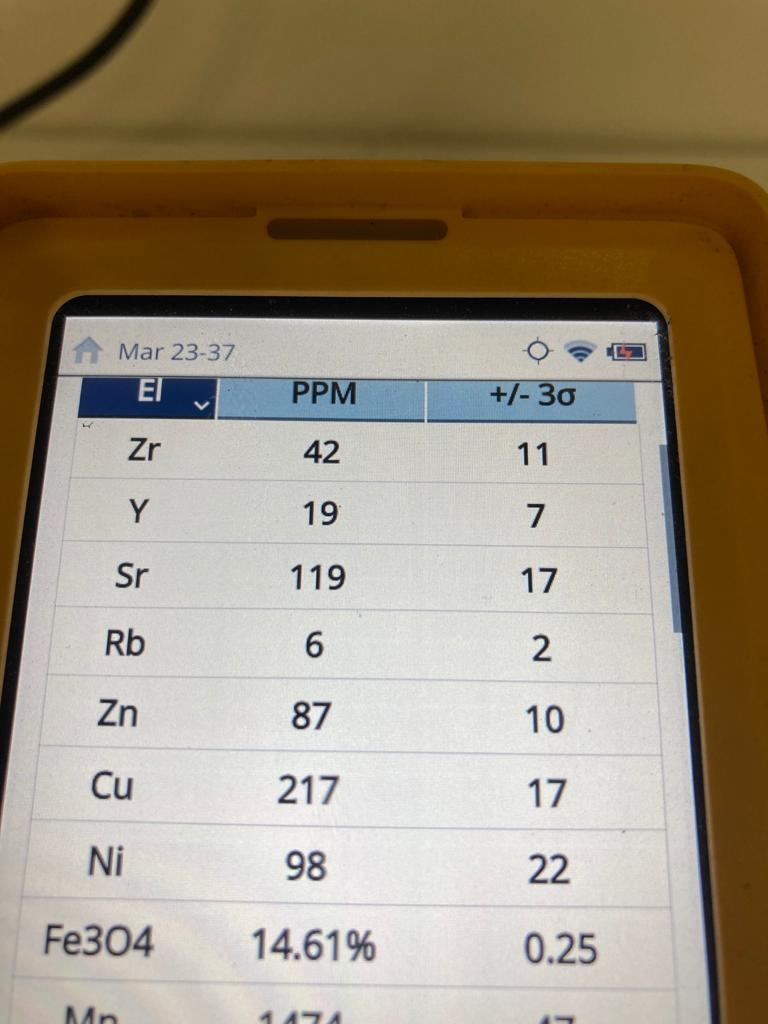
According to the Icelandic government volcanologists, this is about to change with an influx of copper and potentially precious metals with lava originating from a different depth of the mantle.
The Icelandic Meteorological Office (IMO) published a summary of the activities, commenting that: “(…) t he lava is basaltic and highly fluid with little explosive activity. It is a very small eruption, and the lava flow has been steady at 5-7 m3/s since its onset. Currently the extent of the lava field is within Geldingadalur but if the eruption keeps ongoing at a similar rate, it is modeled that the lava will flow east towards Merardalur valley. If the volcano continues to erupt it could eventually end up being categorized as a shield volcano. Shield volcanoes are generally formed over long time periods with lava fields extending from a few to several kilometers around its source. There is no way to tell how long the eruption will last.
The current magma is rich in MgO (8.5%) which indicates that it is from depths of around 17-20 km. There has been constant gas pollution close to the eruption site, spatially determined by local wind conditions. Gases can accumulate to life-threatening levels in certain weather conditions. There have been no indications of significant tectonic movements since the eruption started. There is currently no indication of new openings at other locations along the magma injection path.(…)”.
St-Georges and Iceland Resources would like to invite visiting geologists, volcanologists, journalists, and avid volcano tourists to get in touch with us. We can help organize visits to the site and provide geological support for scientific initiatives relating to the recent volcanic eruptions. We are also planning small group visits to the Thor Gold Project for people interested. Please send us a quick note via our website at www.st-georgescorp.com
About the Reykjanes exploration license
The Reykjanes provisional license is part of the license application for active exploration work that is being processed by the Icelandic authorities. It covers the area of the active volcano. It is located in the Reykjanes Peninsula near the towns of Keflavik and Grindavik and the International Airport. Readers can see the prospect area in the map provided by ISOR in Figure 1 below.
Kontrol $KNR $KNR.ca $KNR.c $KNRLF Provides BioCloud Manufacturing Capacity Update $LXG
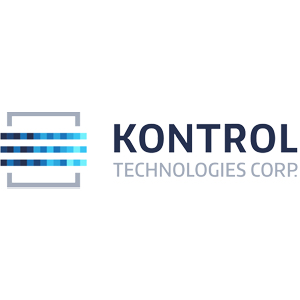
- Received up to $2 Million in funding from the Ontario Together Fund to accelerate commercial production of the BioCloud units.
- To date $1.2 Million has been received from the Ontario Together Fund. In order to receive the final balance of $800,000 certain conditions are required to be met, which includes the increase of manufacturing capacity to 20,000 units per month.
- Confirming that it has met the conditions precedent for the final $800,000 in funding
TORONTO , March 31, 2021 – Kontrol Technologies Corp. (CSE: KNR) (OTCQB: KNRLF) (FSE: 1K8) (” Kontrol Technologies ” or ” Kontrol ” or ” Company “) is pleased to provide an update on its manufacturing capacity as it relates to various milestones for the Ontario Together Fund.
As a follow up to the press release dated February 4 th , 2021, CEM Specialties Inc. (” CEMSI “), a wholly owned subsidiary of Kontrol Technologies, received up to $2 Million in funding from the Ontario Together Fund to accelerate commercial production of the BioCloud units. To date $1.2 Million has been received from the Ontario Together Fund. In order to receive the final balance of $800,000 certain conditions are required to be met, which includes the increase of manufacturing capacity to 20,000 units per month.
The Company will deliver a final package to the Ontario Together Fund in the next week, confirming that it has met the conditions precedent for the final $800,000 in funding, including the required manufacturing capacity. Manufacturing capacity is the ability to manufacture a certain number of units per month and is not a sales forecast. The final $800,000 funding balance is issued at the discretion of the Ontario Together Fund following the Company’s submission.
“As we initiated commercial production, we have made continuous improvements to the manufacturing of BioCloud,” says Paul Ghezzi , CEO of Kontrol. “Some of these improvements relate to a reduction in sizing of internal systems, reduction of electronic boards and overall streamlining of installation. This is part of the normal process of moving from individual prototypes to commercial production. We have done so in a short period of time with great effort from the entire team.”
“We have made great progress with BioCloud manufacturing,” says Jeff Stewart , CEO of OES Inc. “Through our internal capacity and the addition of manufacturing capacity with our Ontario based strategic manufacturing partners we are pleased to be able to deliver up to 20,000 units per month in manufacturing capacity.”
Global Supply Chain
Currently the global supply chain for the majority of components used in the manufacturing of BioCloud appears to be stabilizing. However, lead times on electronic components and semi-conductors, which are subject to competition from the automotive and mobile industry, have been a challenge. The Company reviews the global supply chain with its manufacturing partner OES Inc. on a routine basis. The Company has no control over potential delays and lead times in the global supply chain.
“I am proud of our team which has worked tirelessly to design and develop a technology with the primary goal of assisting in the reduction of transmittance of the SARS-CoV-2 virus and its variants through earlier detection,” says Gary Saunders , President of Kontrol BioCloud. “In addition to vaccines, technologies which can provide early alerting systems are important to help us create safer spaces and get back to normal across the global economy.”
BioCloud Reagent and Antibodies
The BioCloud unit operates to detect SARS-CoV-2, and other viruses, bacteria and fungi from the air through the use of continuous air sampling and a biological response process. The primary component which makes up the BioCloud proprietary reagent is a specifically formulated combination of antibodies. The antibodies, which are purchased from third party manufacturers, are combined, and tested by independent labs for the reaction to and detection of the SARS-CoV-2 virus.
The Company’s patented antibody cooling chamber utilizes a Peltier element technology to ensure accurate and controlled temperatures are maintained for the entire life cycle of the antibodies. In addition, the Company deploys refrigerated packaging to ensure a specific temperature range is maintained during transportation and shipping of its reagent and antibodies.
The Company continues to review various antibodies from third party manufacturers with the goal to reduce the costs of BioCloud consumables and create a large supply pool to choose from as part of its overall supply chain management.
Read More: https://agoracom.com/ir/KontrolTechnologies/forums/discussion/topics/758295-kontrol-provides-biocloud-manufacturing-capacity-update/messages/2310425#message
AGORACOM Small Cap 60: PK Beans $BEAN.ca On Innovation and Execution of Covid Pivot $LULU
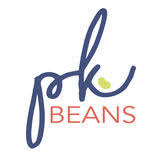
AGORACOM Small Cap 60: Harborside Inc. $HBOR.ca $HBORF Sees Industry Growth in California as Legalization Approaches $VFF.ca $HARV.ca $ACB.ca
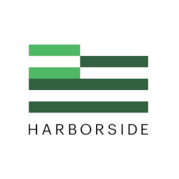
AGORACOM Small Cap 60: Fabled Silver Gold’s Big Picture $FCO.ca $FBSGF $RDU.ca $KTN.ca $GMBXF $EDR.ca


